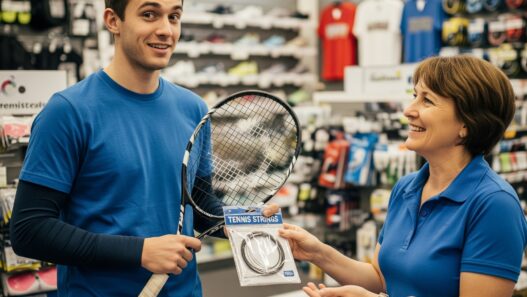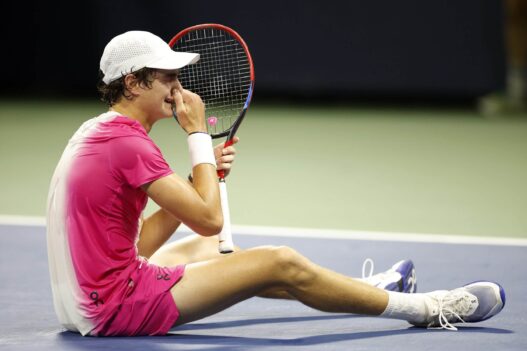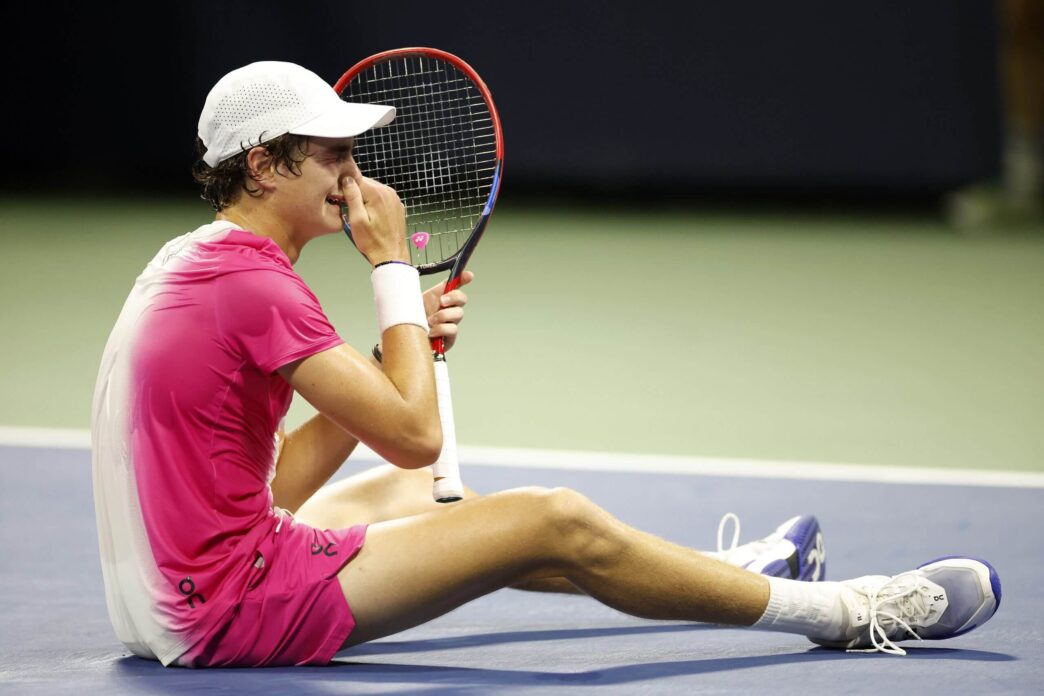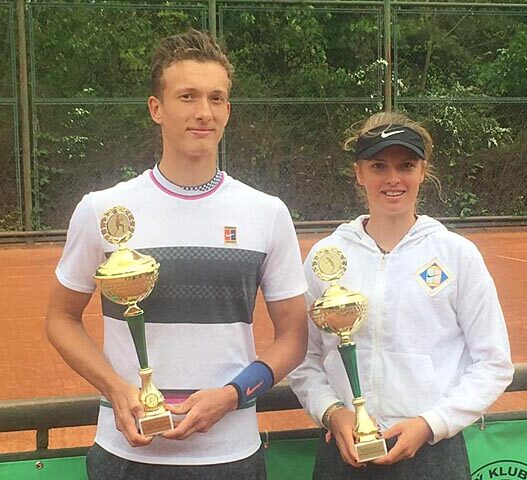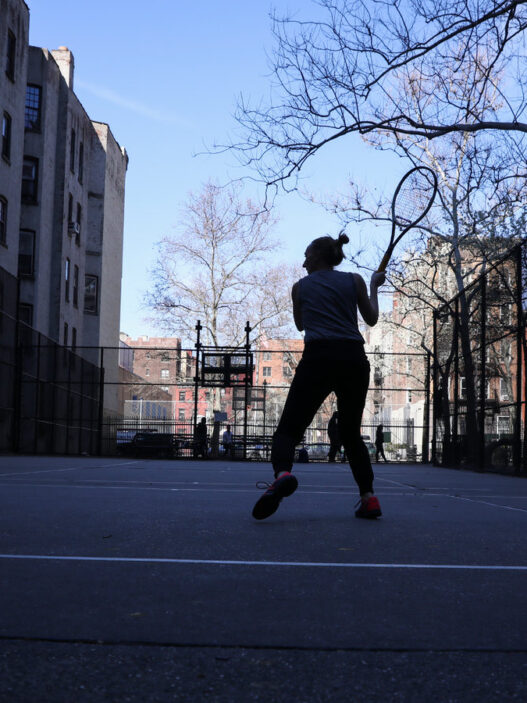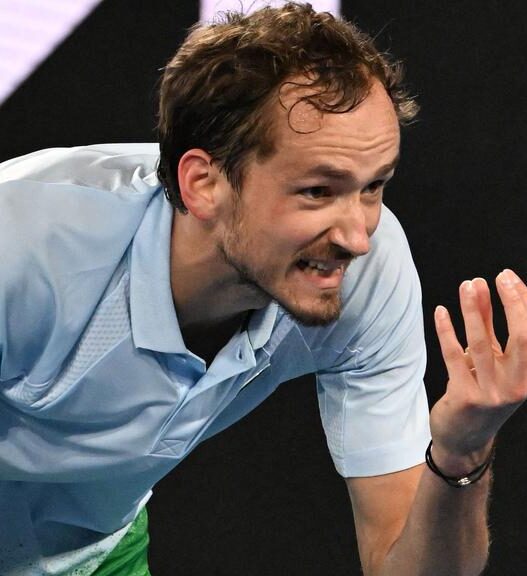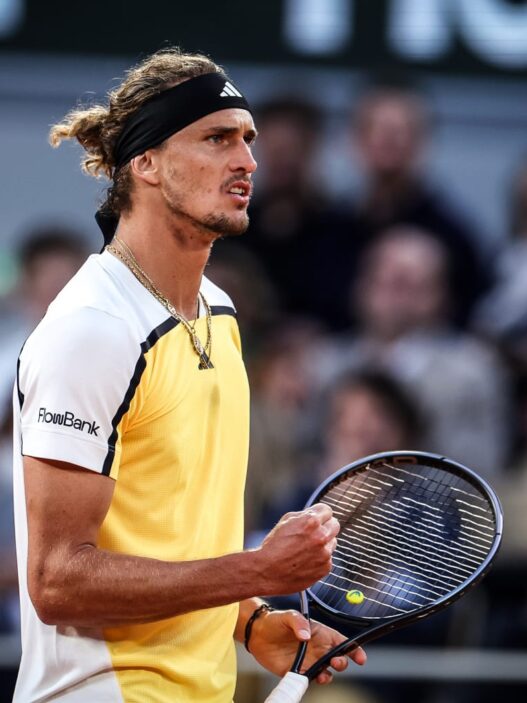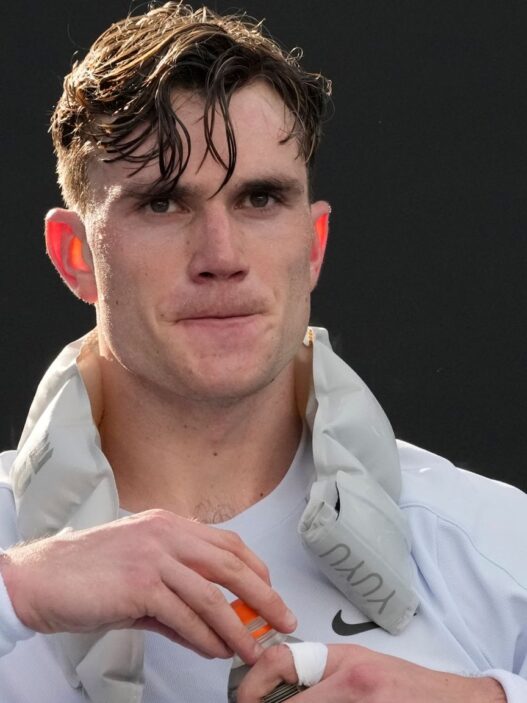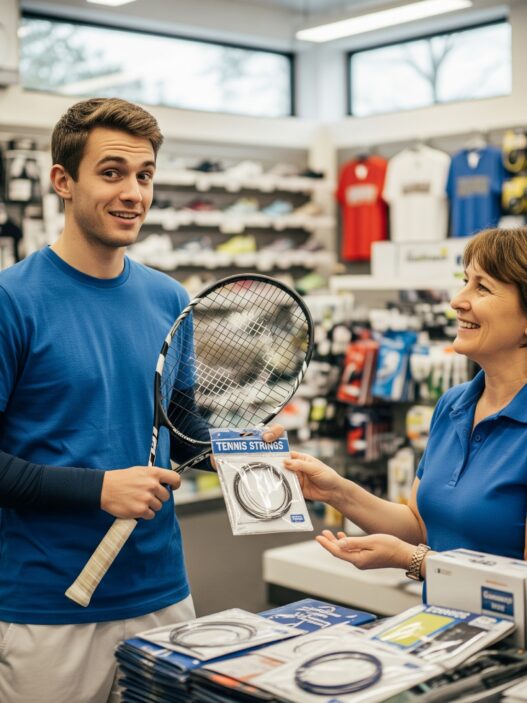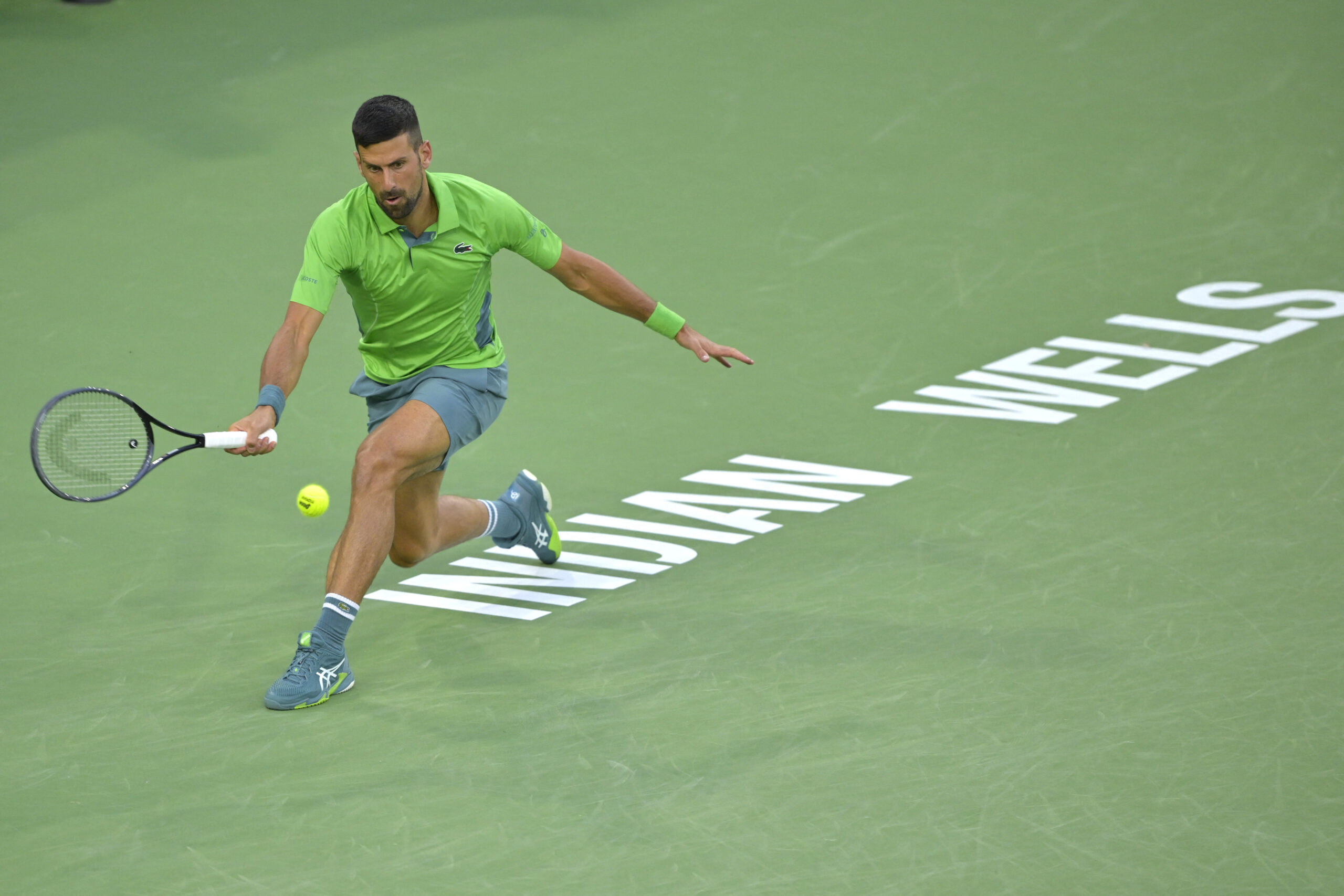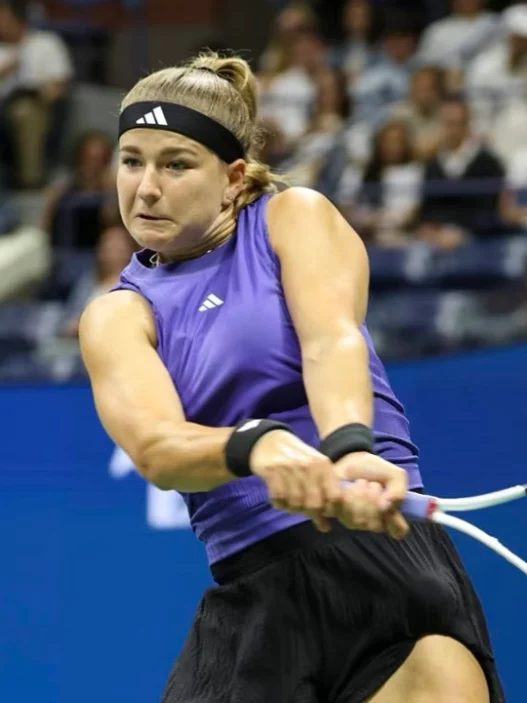João Fonseca’s rise in tennis has reignited a passion in Brazil for a sport that has, at times, felt like it was waiting for its next savior. Since the days of Gustavo Kuerten, affectionately known as “Guga,” Brazilian tennis fans have longed for a player who could carry the torch, someone capable of inspiring a nation the way Kuerten did with his joyful play and iconic three French Open titles. Now, Fonseca, a teenager with the raw talent and charisma to match, has emerged as a beacon of hope, signaling the possibility of a new era.
At just 18 years old, Fonseca has already achieved feats that place him in elite company. His breakout performance at the 2024 Next Gen ATP Finals, where he became the first Brazilian to win the title, turned heads. With his victory, Fonseca not only showcased his ability to handle the pressures of the big stage but also stamped his name as a rising star on the international circuit. Add to that his Challenger title in Canberra and his stunning Grand Slam debut at the 2025 Australian Open, and it’s clear that Fonseca’s trajectory is one of rapid ascent.

Brazilian tennis hasn’t seen this kind of buzz since Kuerten’s unforgettable run in the late 1990s and early 2000s. Guga’s charm, combined with his dominant clay-court game, made him a national hero in Brazil, where soccer has always reigned supreme. Tennis, in comparison, has often been a niche sport, but one that thrives when a player emerges to capture the imagination of fans. Fonseca appears ready to step into that role, not just as a player but as a cultural figure capable of broadening tennis’s appeal in a country that celebrates athletic excellence.
Fonseca’s game is a mix of power and finesse, and it has already drawn comparisons to the likes of Carlos Alcaraz and Jannik Sinner. His forehand, a weapon that can generate blistering speed, has become a talking point among analysts. At the Australian Open, it clocked faster averages than even those of Alcaraz and Sinner, players known for their heavy hitting. But it’s not just the numbers that impress; it’s how Fonseca uses his power—combining it with sharp angles, deep court coverage, and an aggressive mindset. His baseline game is relentless, but he’s also unafraid to come forward, demonstrating a willingness to adapt and innovate on court.
Beyond his technical abilities, Fonseca’s mental toughness sets him apart. At the Australian Open, he stunned Andrey Rublev, a top-10 player, in straight sets during his Grand Slam debut. It was a performance that showcased not just his talent but his poise under pressure. While many young players falter when faced with the prospect of taking down a more experienced opponent, Fonseca thrived. His calm demeanor and fearless shot-making signaled a player who believes he belongs on the biggest stages.
That belief is crucial, especially for a player coming from a country where tennis infrastructure has historically lagged behind that of Europe or the United States. For decades, Brazil has struggled to produce top-tier players consistently, partly due to a lack of resources and facilities for young athletes. Fonseca’s emergence, however, could change that. His success has the potential to inspire a new generation of Brazilian players, much like Kuerten did. With Fonseca as a role model, young players in Brazil might see tennis not as an unattainable dream but as a viable path.
Off the court, Fonseca exudes a confidence and charisma that make him a natural ambassador for the sport. He carries himself with a maturity beyond his years, speaking thoughtfully about his goals and the challenges he faces. In interviews, he has expressed a desire to not just win titles but to “represent Brazil in a way that inspires pride.” It’s a sentiment that echoes Kuerten’s legacy, and one that has already endeared Fonseca to fans back home.
Still, the road ahead for Fonseca is not without its challenges. The transition from promising junior to consistent ATP contender is fraught with pitfalls. Maintaining his physical health will be paramount, as the rigors of the tour can take a toll on young players. Moreover, the pressure of carrying a nation’s hopes can be overwhelming. Brazilian tennis fans, starved for a hero since Kuerten’s retirement, will undoubtedly place high expectations on Fonseca’s shoulders. Whether he can balance those expectations with his own development remains to be seen.
But if his performances so far are any indication, Fonseca has the mindset to navigate these challenges. His rapid rise from outside the top 700 to just outside the top 100 in less than a year suggests a player who is not only talented but also hardworking and focused. His ambition is clear—Fonseca has stated his goal of breaking into the top 50 and, eventually, reaching World No. 1. While those aspirations may seem lofty, they are not out of reach for a player with his combination of skill, determination, and resilience.
Fonseca’s journey is just beginning, but his impact is already being felt. In Brazil, where tennis courts are still outnumbered by soccer fields, his success is sparking renewed interest in the sport. Young players are watching his matches, emulating his strokes, and dreaming of following in his footsteps. For a country that has always celebrated its sports stars with fervor, Fonseca represents more than just a tennis player—he’s a symbol of possibility.

As Fonseca continues to climb the rankings and make his mark on the ATP Tour, the comparisons to Kuerten will only grow louder. But Fonseca is carving his own path, one built on a modern game and a quiet confidence that sets him apart. For Brazilian tennis, his emergence is a moment to celebrate, a reminder that greatness can come from anywhere. And for Fonseca, it’s the beginning of a journey that could redefine what’s possible for tennis in his country. The torch has been passed, and Fonseca appears ready to carry it.








